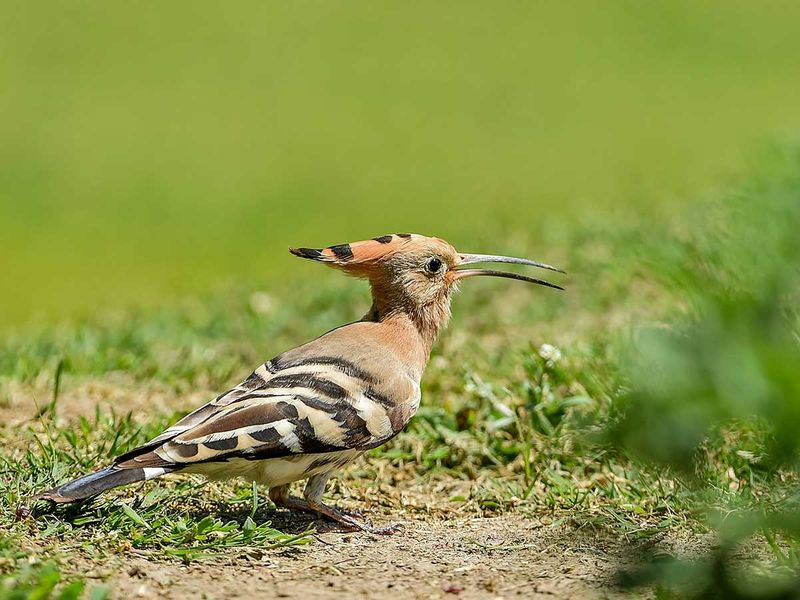_resources1_16a4a169e17_medium.jpg)
This year, the dawn chorus sounds different. In the dark hours before sunrise, my yard whistles, chips, hoots, and trills with deafening birdsong.
The birds carolling at my home — robins, mockingbirds, warblers, cardinals, titmice, finches — sound more numerous, boisterous and energetic than in past years, all singing raucously at the same time, like a poetry slam where everyone’s reading at once.
Have the lockdowns resulted in more abundant birds? Is our behaviour changing theirs, making them bolder, louder, more present in our yards and parks, or is the birdsong just more audible because there’s less ambient roar from cars, overhead jets, construction?
Or is it we who have changed, taking more notice of bird life now that our own lives have slowed?
Birds may have something important to tell us about what it takes to navigate this world, especially under difficult circumstances. In exploring new discoveries in bird science, I’m struck by how birds play, adapt, innovate, and especially, work together in tough times
The studies aren’t in on the impact of shifting human patterns on bird activity during the pandemic. It will most likely take years before we have firm data. But the anecdotes, from all around the world, are intriguing.
My friends in Australia and New Zealand tell me that since the lockdowns began, flocks of spine-tailed swifts have swelled, more fairy-wrens are popping up at their bird baths and kereru — big pigeons that swallow large fruit — are perching on their back fences.

“The lack of people is indeed being noticed by the wildlife,” said Darryl Jones, an ecologist at Griffith University specialising in the interaction between humans and wildlife.
He points to the pair of very rare glossy black cockatoos that showed up on the vacant Griffith campus near Brisbane, along with more than 50 koalas in the nearby forest.
When the lockdowns were in full force, birds appeared to be thriving with the dip in noise and light and air pollution, along with emptied-out parks and public gardens that are usually a crush of people and traffic congestion.
In the US, ravens normally on edge around their nests in Yosemite were more relaxed, even playful in the empty parking lots, and endangered piping plovers had the beaches to themselves.
One friend of mine from New York wrote to say, “There seem to be birds everywhere in the city, more than usual, having parties in the bushes, quarrelling, singing.”
Reduction of noise
The reduction in noise may have a more subtle but still beneficial effect. Birds sing in the early morning to mark their territory and attract mates. Their efforts, however, often coincide with the roar of early morning rush hour.
A few years ago, scientists from the University of Florida found that noisy highways prevented tufted titmice and northern cardinals from hearing alarm calls from fellow birds, warning of dangerous predators in the area, putting them at greater risk of becoming prey.
Now that things are opening up, all of this may be changing. Those ravens in Yosemite parking lots and shorebirds nesting on once empty beaches must now contend with returning crowds. The human din is beginning again.
The more enduring change may be in human behaviour around birds. At the moment, most serious bird-watchers are not sashaying out to distant locations to spot a vagrant species or catch the big waves of migratory species passing through, but rather, observing more bird life close to home.
More spring than ever
A lot of us, even those of us who aren’t hard-core birders, are turning more toward our yards and gardens, noting birds and bird activities we’ve never seen before — not because they’re new, necessarily, but because we’ve just never paid such close attention. One neighbour walking her dog remarked that she’s seeing more of spring than ever.
“I just saw an early indigo bunting flying through our yard,” wrote a friend. “Ordinarily they don’t love my neighbourhood and especially our overgrown yard, so I am ecstatic.”
With any luck, this human shift may stick: People noticing the birds around them more and finding entertainment, solace, even wisdom in watching them going about their lives in a regular way, finding mates, building nests, raising young, resilient and persistent.
Birds may have something important to tell us about what it takes to navigate this world, especially under difficult circumstances. In exploring new discoveries in bird science, I’m struck by how birds play, adapt, innovate, and especially, work together in tough times.
Birds cooperate and collaborate in everything from hunting, courting, and migrating, to raising and defending their young, sometimes even across species lines.
We want to return to our lives and livelihoods, but not by sacrificing the natural world that supports us in body and in spirit.
Jennifer Ackerman is a columnist who writes about science, nature, and human biology
The New York Times








